For instance, if producing an additional unit of product costs more than the revenue it generates, the company might decide against increasing production. Conversely, from a financial analyst’s point of view, differential costs are crucial for investment decisions, such as whether to launch a new product line or upgrade an existing one. Calculating incremental manufacturing cost involves analyzing the additional expenses incurred when production increases.
Variable Cost

Companies need to make profitable business decisions when aiming for operational expansion. A revenue and expense analysis from production, defined by incremental cost, will save you a lot of financial troubles. The tobacco business has seen the significant benefits of the economies of scale in Case 3. The incremental cost was kept lower at $70,000 while producing twice its production capacity, leading incremental expense to a higher net income.

What Does Incremental Costs Mean?
By mastering this skill, decision-makers can make informed choices that maximize value and drive success. Whether you’re a business leader, an individual, or a policymaker, understanding these costs empowers you to navigate the complex landscape of decision-making with clarity and foresight. Remember, every choice carries a cost—sometimes hidden, sometimes overt—but it is through informed consideration that we chart our course toward progress and prosperity. It’s most effective when combined with critical thinking, domain knowledge, and a holistic view of business dynamics.
Why Calculate Incremental Costs?
- Incremental costs, also known as differential or marginal costs, refer to the additional costs incurred when a company decides to increase its output or activity level.
- In other words, the incremental cost is the savings that the business will achieve by choosing the second option.
- Not only does it reduce the cost per unit, but it creates a negative incremental cost for additional production.
- Another application is evaluating special orders, which are one-time opportunities outside normal production.
- From a financial perspective, incremental cost refers to the change in total cost resulting from a particular decision or activity.
Allocating variable overhead costs, such as utilities or maintenance, often involves shared resources, requiring systematic https://www.advantage-intec.co.jp/which-accounts-are-found-on-an-income-statement/ approaches like activity-based costing. Non-linear cost behavior, such as economies or diseconomies of scale, further complicates calculations. Whether you’re a business owner, economist, or student, understanding these methods equips you to navigate cost-related challenges effectively.

Incremental cost is calculated by analyzing the additional expenses involved in the production process, such as raw materials, for one additional unit of production. Understanding incremental costs can help CARES Act companies boost production efficiency and profitability. Incremental cost, also known as marginal cost, plays a crucial role in decision-making for businesses, production processes, and resource allocation. It represents the change in total cost resulting from a specific change in output or input.
This distinction is crucial because it prevents decision-makers from considering irrelevant past expenditures when evaluating future business opportunities. For example, consider a company that has spent $1 million on research and development for a new product. This sunk cost should not influence the pricing of the product; instead, the focus should be on the incremental costs of producing and marketing the product going forward. Alternatively, once incremental costs exceed incremental revenue for a unit, the company takes a loss for each item produced. Therefore, knowing the incremental cost of additional units of production and comparing it to the selling price of these goods assists in meeting profit goals. Remember, the interplay between fixed and variable costs shapes a company’s cost structure, profitability, and strategic choices.
- For example, producing even one extra widget would cause a tiny bit extra wear and tear on the machine.
- By comparing these incremental costs, the company can select the route that minimizes overall expenses while meeting delivery deadlines.
- For example, when the 2,000 additional units are manufactured most fixed costs will not change in total although a few fixed costs could increase.
- Sunk costs are costs that have already been incurred and cannot be recovered, regardless of the decision made.
Unlike fixed costs, which remain constant regardless of production levels, incremental costs are variable and can fluctuate based on several factors. One of the primary challenges is the accurate identification and allocation of these costs. Since they are not always directly observable, businesses must often rely on estimates and indirect measurements, which can introduce a degree of uncertainty into the analysis. In the realm of business and economics, strategic decision-making is often a complex process that involves weighing various costs and benefits.

